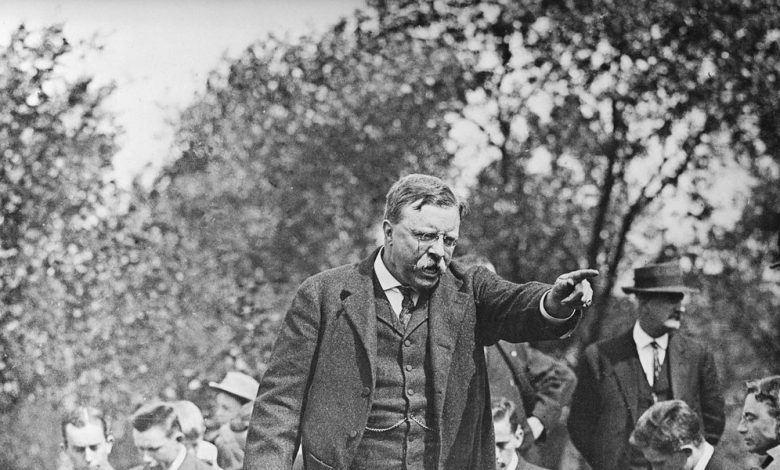“Blood on the Gridiron: How Alabama’s Football Empire Was Built on Segregation, Silence, and Southern Pride”

The University of Alabama’s football dynasty is often celebrated as a symbol of excellence, tradition, and Southern pride. However, beneath the surface of championships and legendary coaches lies a darker history—one that intertwines with the state’s legacy of segregation, resistance to integration, and the complex interplay between sports and societal change.
For much of the 20th century, Alabama’s football program mirrored the state’s commitment to racial segregation. During the 1960s, the Crimson Tide was a dominant force in college football, winning national championships in 1962, 1966, and 1968. Yet, these triumphs were achieved without a single Black player on the roster. The university’s refusal to integrate its athletic teams was a direct reflection of Alabama’s broader resistance to the Civil Rights Movement.
Coach Paul “Bear” Bryant, who led the team during this period, faced criticism for his adherence to the status quo. Despite his success on the field, Bryant’s reluctance to recruit Black athletes was seen as a tacit endorsement of segregation. The university’s policies and the state’s political climate, heavily influenced by segregationist figures like Governor George Wallace, created an environment where integration was not just resisted—it was actively suppressed.
A pivotal moment in this history occurred on September 12, 1970, when the University of Southern California (USC) Trojans, featuring an all-Black backfield led by Sam Cunningham, visited Alabama’s Legion Field. The Trojans’ 42–21 victory over the Crimson Tide was more than just a football game—it was a stark visual representation of the changing dynamics in college athletics. The sight of an integrated team defeating an all-white Alabama squad was a powerful statement that could not be ignored.
This game is widely regarded as a catalyst for the integration of college football in the South. It forced universities, including Alabama, to confront the reality that success in college athletics was increasingly dependent on embracing racial diversity. The pressure to remain competitive in a changing landscape led to a reevaluation of policies that had long upheld segregation.
In the aftermath of the USC game, Alabama began to take steps toward integrating its football program. In 1971, John Mitchell became the first Black player to start for the Crimson Tide in a varsity game. His presence on the field was a significant milestone, symbolizing the breaking down of racial barriers in college sports.
Mitchell’s journey was emblematic of the challenges faced by Black athletes during this era. He not only had to prove his athletic abilities but also navigate the complexities of a segregated society that was reluctant to accept his presence in spaces traditionally reserved for white individuals. Despite these obstacles, Mitchell’s success paved the way for future generations of Black athletes at Alabama and across the country.
While the integration of Alabama’s football program marked a significant achievement, it did not signify the end of racial tensions within the sport. The university’s initial resistance to integration was not an isolated incident but part of a broader pattern of silence and denial regarding the role of race in college athletics. Even as Black athletes began to make their mark on the field, they often faced subtle and overt forms of discrimination.
This legacy of silence is evident in the lack of acknowledgment of the struggles faced by Black athletes during the integration process. Their contributions were often downplayed or ignored, and their experiences were seldom incorporated into the broader narrative of Alabama’s football history. This omission reflects a reluctance to confront uncomfortable truths about the past and an ongoing struggle to reconcile the state’s proud athletic traditions with its history of racial injustice.
The narrative of Southern pride has often been intertwined with the mythology of the “good old days,” a time when the South was perceived as a bastion of tradition and honor. In this narrative, figures like Bear Bryant are celebrated not only for their coaching prowess but also for their embodiment of Southern values. However, this idealized version of the past glosses over the realities of segregation and racism that were prevalent during that era.
The romanticization of this period serves to perpetuate a selective memory, one that emphasizes the achievements of the past while minimizing or ignoring the injustices that accompanied them. This selective memory is not unique to Alabama but is a common feature in many narratives of Southern identity, where the complexities of history are simplified to maintain a cohesive and flattering story.
The history of Alabama’s football program is a microcosm of the broader struggles for racial equality in the United States. It reflects the tensions between tradition and progress, pride and prejudice, success and sacrifice. While the integration of the team marked a significant step forward, it also highlighted the deep-seated challenges that remain in reconciling the state’s athletic achievements with its racial history.
As we look back on this history, it is essential to acknowledge the contributions of those who fought for integration and equality, even in the face of adversity. Their stories are integral to understanding not only the evolution of Alabama’s football program but also the ongoing journey toward racial justice in America.
In examining the blood on the gridiron, we uncover not just the stains of past injustices but also the resilience and determination that continue to shape the future of college athletics.









